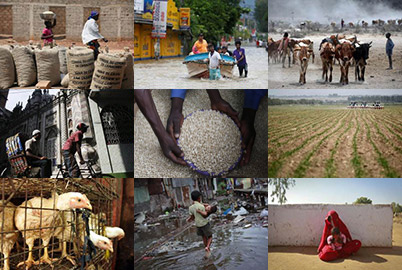* Any views expressed in this article are those of the author and not of Thomson Reuters Foundation.
On 25th April 2015 a 7.8 magnitude earthquake hit Nepal, close to Kathmandu, the capital city.
Disability and emergencies
The WHO estimates 15% of the global population live with disability. In any emergency or disaster, people who live with some form of disability are disproportionally affected. Reasons for this include inaccessibility of warning messages and emergency shelters, loss and damage of assistive devices, disruption of support networks and increased difficulty in accessing basic humanitarian operations (food, water, shelter, sanitation and health care services).
At the same time, emergencies can increase the number of people who experience disability, both short and long-term, due to injuries sustained and lack of effective medical services.
CBM response
CBM Emergency programme manager is in Nepal and more international colleagues are on their way, to support the local team in assessing the situation, with partners, and planning a disability-inclusive response.

